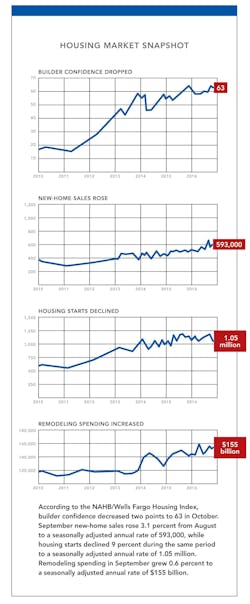Just because impact fees have been around since the 1970s doesn’t mean they should be any local jurisdiction’s primary solution for financing public facilities.
This is especially true in the growing number of places where impact fees are being miscalculated and misused.
A prime example involves an ongoing dispute between the city of Bozeman, Mont., and the Southwest Montana Building Industry Association (SWMBIA), which revealed—for the second time within the last 15 years—significant misappropriation of funds from impact fees. “We started noticing that among the city’s projects using impact fee revenues, several were projects involving preexisting deficiencies in infrastructure, not new infrastructure. To us, that just didn’t make sense,” said Eugene Graf, an active SWMBIA member and owner of E.G. Construction.
Frustration grew among Graf and his fellow members of the SWMBIA. This past January they decided to commission an audit of the city. The Development Planning and Financing Group Inc. (DPFG) conducted the audit to closely examine the previous five-year span and determine where exactly the impact-fee money was going, and if it was being appropriately used.
The recently completed audit revealed an estimated misappropriation of $7.2 million. The largest components of the total amount include:
- $4.1 million to fund a water treatment plant instead of the construction of a water distribution system
- $2.2 million to fund a water reclamation facility instead of the construction of sewer collection lines
- $935,000 to fund the construction of a fire station in an effort to correct an existing deficiency
City officials have reportedly denied any wrongdoing, though their correspondence with the SWMBIA to this point has been slow.
Despite the rapid growth in the Bozeman market, affordability remains an important issue for many builders and area residents. Current city impact fees for a 2,400-square-foot home on a quarter-acre lot tack on an extra $10,000.
In response to similar concerns across the industry regarding the accuracy, efficiency, and use of impact fees, NAHB worked with DPFG on an update to the “Impact Fee Handbook.” The free guide includes new examples of common mistakes municipalities make while calculating and imposing impact fees.
The updated “Impact Fee Handbook” is available in the Infrastructure Finance and Development Fees section of NAHB’s Land Use 101 resource library.
(Click image to enlarge)

